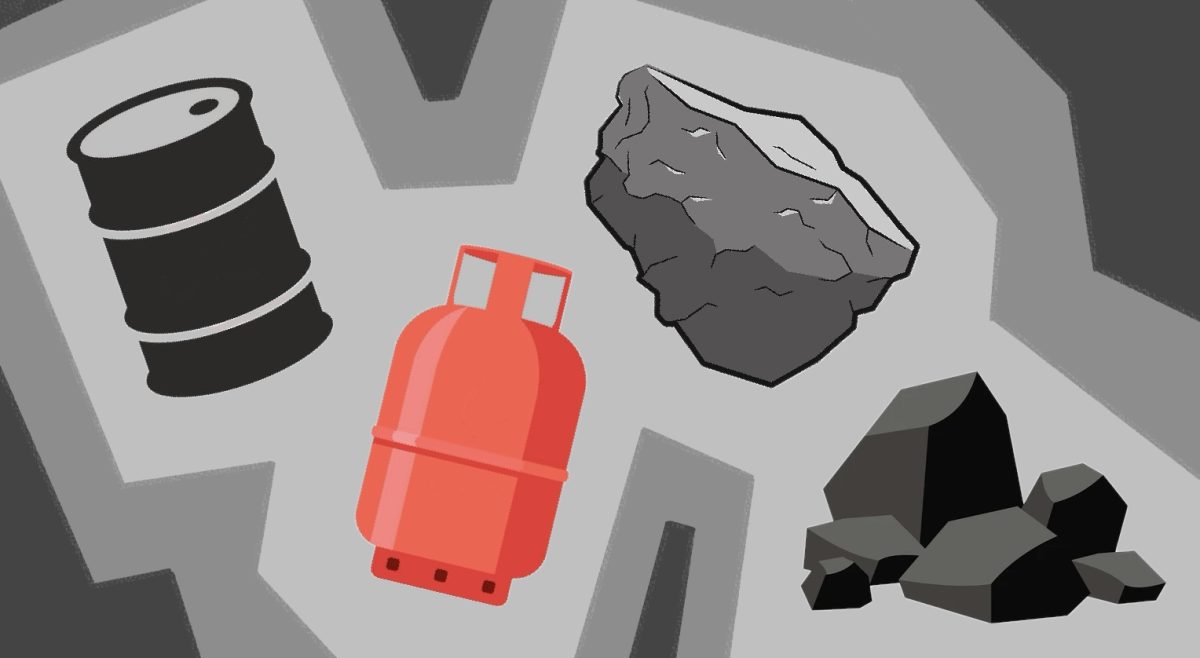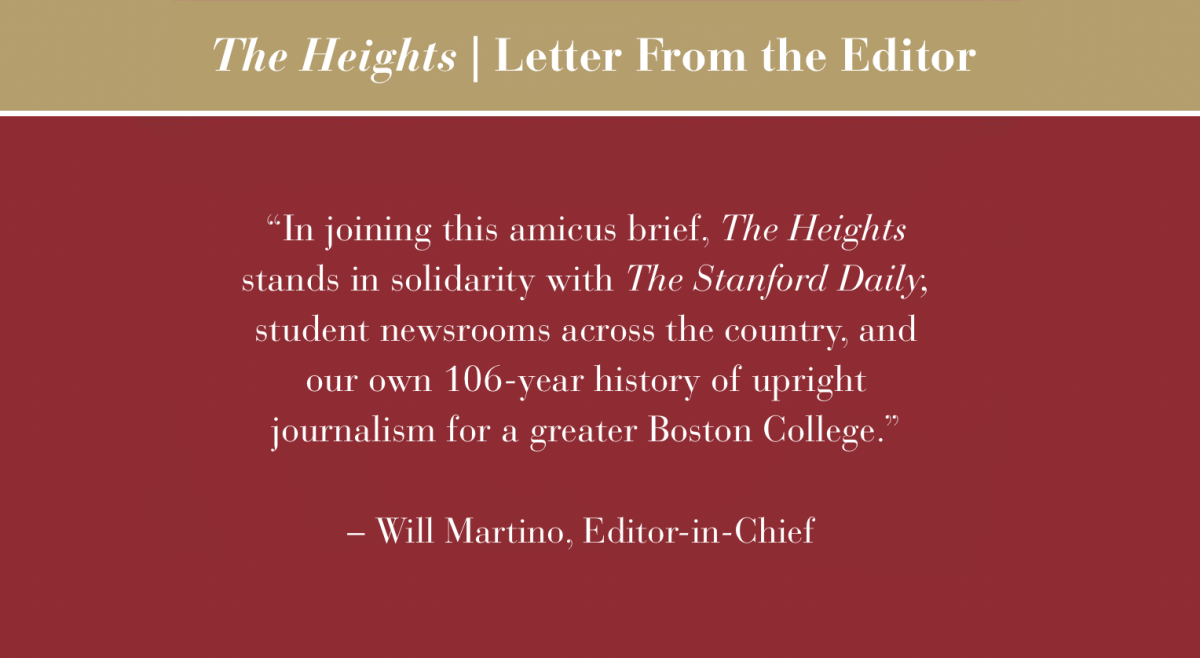This past Tuesday, posters criticizing Boston College’s policy on free speech were posted around campus. This is the second dump of unsanctioned posters seen over the past year. The posters were meant to raise awareness for what some students see as unfair free speech policies. A sophomore involved with the poster distribution, who wished to remain anonymous to avoid potential disciplinary consequences, said, “Expect to see a lot more of them, expect to see them up with more consistency.” The student noted that he also hoped the posters would bring awareness to the free speech proposal that was rejected by members of the administration this summer.
Similar black and white posters—both sets of posters read “THIS POSTER IS ILLEGAL SUPPORT FREE SPEECH AT BC”—showed up last year before the second “Rights on the Heights” rally, which was run by the Social Justice Coalition, though the posters did not specifically advertise the event or indicate any relation to the coalition. Similarly, no student group is taking credit for this year’s poster dump. But, even without a name to the face of the poster’s creators or distributors, they still serve as an effective means to alert the student body to issues regarding free speech on campus. Many students are unaware of the fact that the free speech proposal initiated by the Undergraduate Government of Boston College failed this summer—the posters serve as a catalyst for a more informed campus environment.
That being said, the posters’ purpose, as was the case last year, begins and ends with alerting the populace. A group not standing behind an issue is always a sure means to a quick end, but just the posters themselves don’t do much, if anything at all, to affect free speech policy. Instead, they may serve to alienate the administrators the student activists hope to reach.
The posters are a helpful place to start, because they serve the purpose of informing students all across campus that there is a problem, even if the problem is not entirely clear. However, the posters were put up around 8 a.m. and the vast majority were taken down by noon. Unlike last time, more fliers have not been posted. Though the theory behind the fliers is somewhat sound—students see fliers, students notice a problem, students rally—the execution is not, at least not when they are almost immediately removed by campus security.
Students are not given a chance to rally when the posters meant to inform them are removed before they are really seen. The point of the posters, the students said, is to inform students outside of UGBC, especially because UGBC’s dealings with the administration regarding free speech have remained somewhat secretive. Meetings between students and administrators can be frustrating and opaque, but they also promote community and compromise, more so than posters scattered around campus can accomplish.
Featured Image by Carolyn Freeman / Heights Editor












